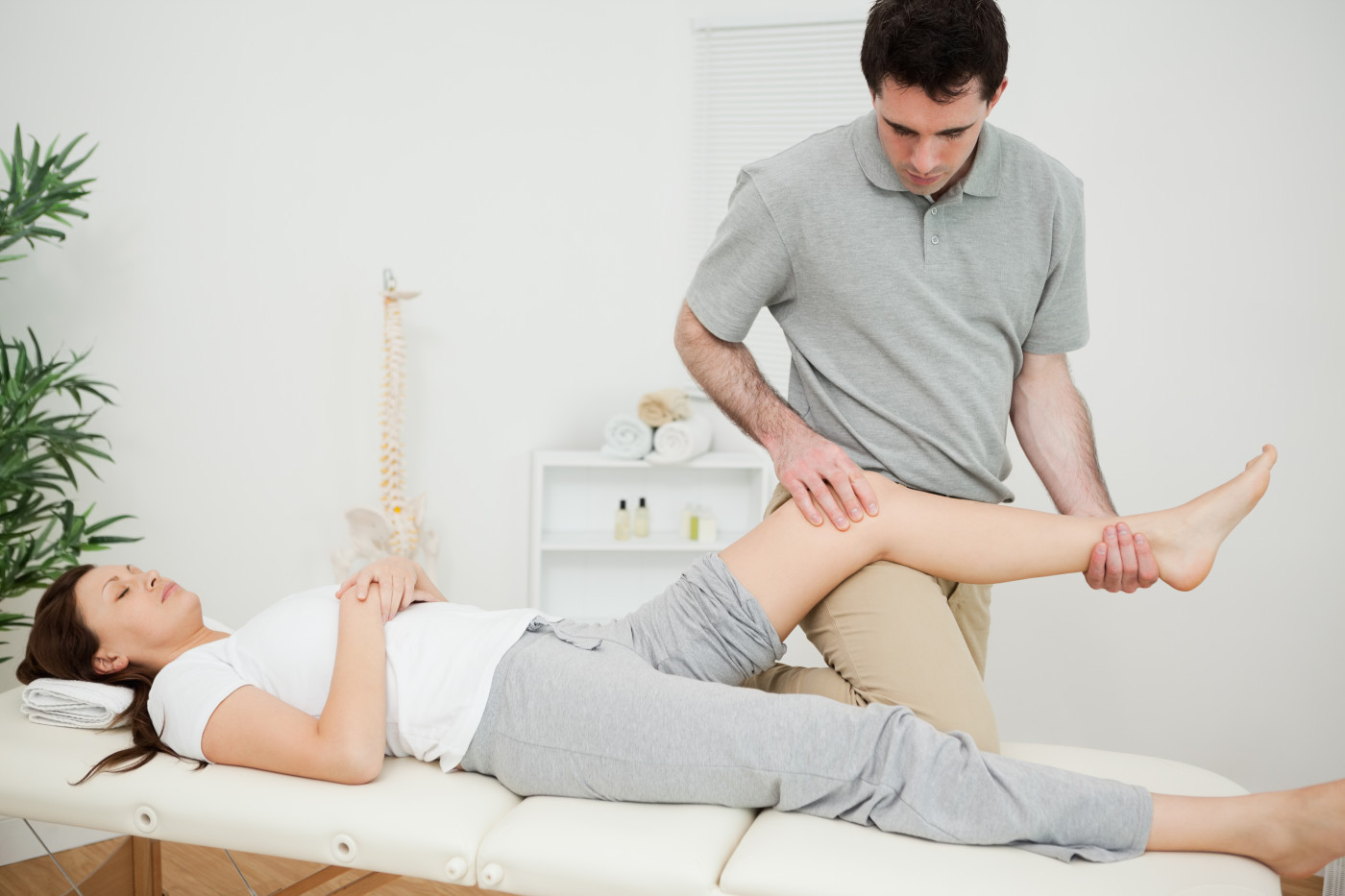Standing Frame Exercises Aid Lower Limbs of Progressive MS Patients, UK Study Says

People whose advanced progressive multiple sclerosis (MS) limits their mobility can strengthen their lower limbs and improve life quality by engaging in regular standing exercises in their homes, a U.K. study into physiotherapy programs for this patient group reports.
The study, “Assessment of a home-based standing frame programme in people with progressive multiple sclerosis (SUMS): a pragmatic, multi-centre, randomised, controlled trial and cost-effectiveness analysis,” was published in the journal Lancet Neurology.
Evidence suggests that physical activity can improve mobility and lessen the likelihood of further health problems for people with severe MS. But mobility programs can be difficult for patients to access because they tend to be resource-intensive, and require professional supervision in a hospital or outpatient setting and expensive equipment not suited for home use.
Standing devices, such as wooden frames that support patients in a standing position, offer a lower cost, at-home alternative.
Research has shown that people with spinal cord injury who have used standing devices are at a lower risk of complications linked to prolonged immobility, and express a better sense of well-being.
Discuss the latest research in the MS News Today forums!
In the study (ISRCTN69614598; called SUMS for standing up in people with MS), a team led by researchers at the University of Plymouth, recruited 122 progressive MS patients (both primary progressive and secondary progressive) with severely limited mobility, and Expanded Disability Status Scale (EDSS) scores of between 6.5 and 8.0. All were randomly assigned to either usual care (61 patients), or usual care plus standing device treatment (remaining 61).
Standing frames were delivered to patients’ homes. The program consisted of two home-based physiotherapy sessions (of 60 minutes each), then participants were asked to stand for 30 minutes, three times a week, for a period of 20 weeks. This group was also offered instructions on how to incorporate upper limb exercises into the program. Their progress was followed with telephone calls from experienced physical therapists (of about 15 minutes each).
Participants were analyzed at baseline, and at 20 and 36 weeks after the study’s start. Motor abilities were assessed by the Amended Motor Club Assessment (AMCA) score that evaluates key functional activities in the lower limbs and trunk, such as rolling over in bed, standing up from a sitting position, and sitting and standing balance.
At 20 and 36 weeks, secondary outcomes were also assessed by measuring physical impairments, including the length of hip flexors, hamstrings and ankle plantar flexors, knee extensor strength, spasm frequency, bowel and bladder control, sitting balance, and quality of life.
Results showed that, compared to usual care alone, a standing frame program significantly improved motor function in the lower limbs and trunk of these MS patients, as seen in an AMCA score improvement of 4.7 points at 36 weeks. This implies that mobility improvements lasted for 16 weeks beyond treatment.
An AMCA increase of 4.7, however, is not considered clinically meaningful; for such a determination, a 9-point AMCA score difference is needed.
The intervention was also shown to improve patients’ hip and ankle joint range, and life quality.
No serious program-related adverse events were reported. Primary side effects here were short-term muscle pain — 486 of 1188 events (541%) reported in the standing frame group, compared to 160 of 736 (22%) such events in the usual care group. This result was not unexpected, given that participants were long-time users of walking aids, and many had considerable muscle weakness.
An economic analysis suggested that the standing frame intervention would be cost-effective compared to usual care.
“The standing frame program significantly increased motor function in people with severe progressive multiple sclerosis, although not to the degree that was considered a priori as clinically meaningful. We suggest that the program is feasible as a home-based, self-managed intervention that could be routinely implemented in clinical practice in the U.K.,” the researchers wrote.
They added that routine use of standing devices is a convenient way to help improve lower limb function and enhance the quality of life for MS patients. Study participants who agreed to use their supplied frame at least once a week were allowed to keep the devices; 70% of these patients made such requests, the researchers said.
In a news release about this study, the National MS Society noted that “the cost of standing frames can vary greatly in the United States, and these may not be covered by insurance companies for MS. People with MS who are interested in this intervention can consult with a physical or occupational therapist for guidance.”






